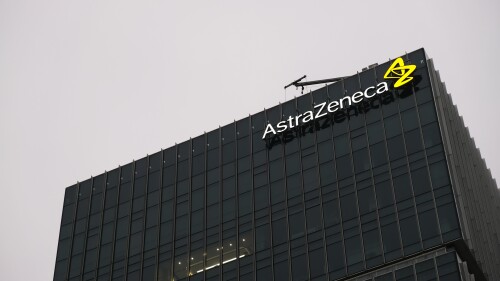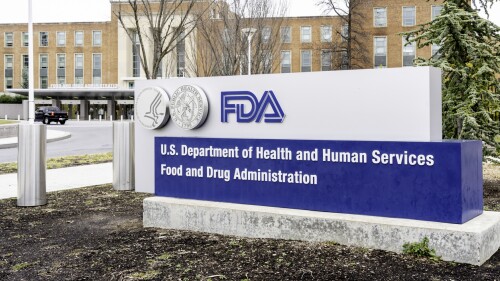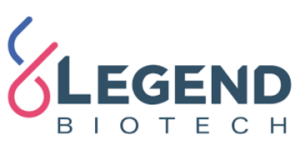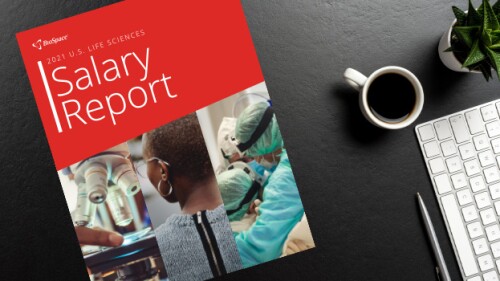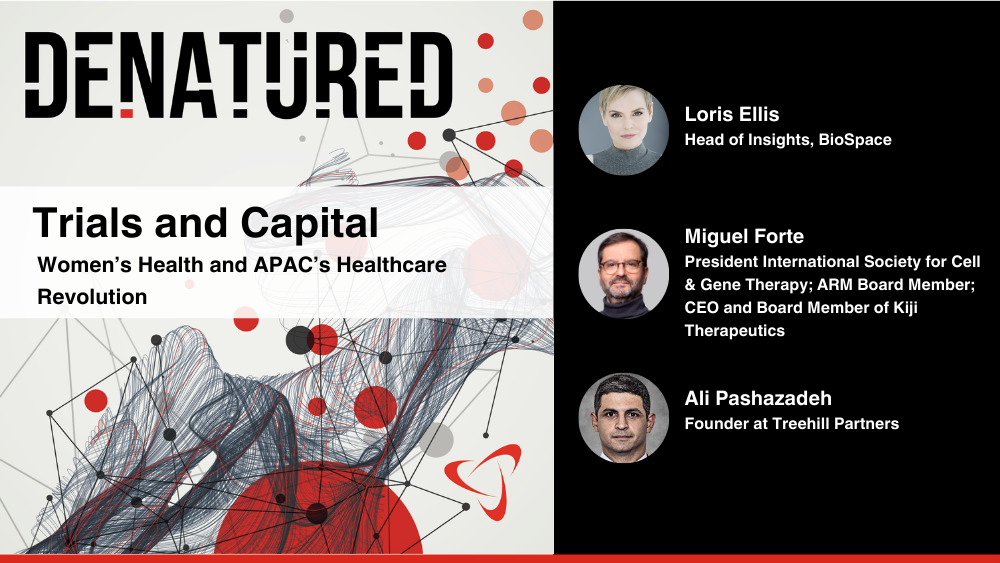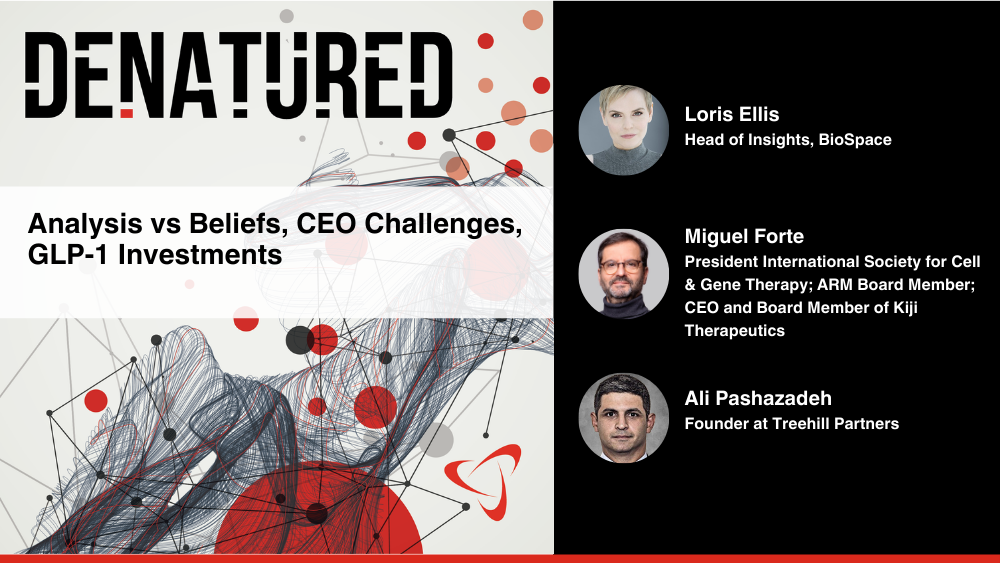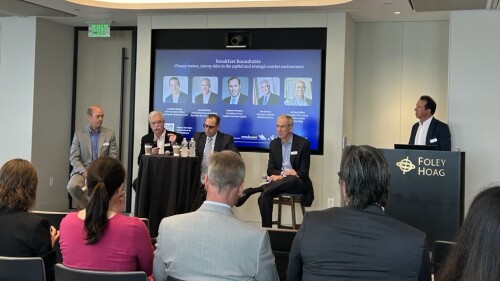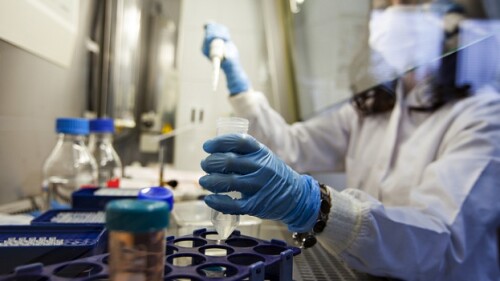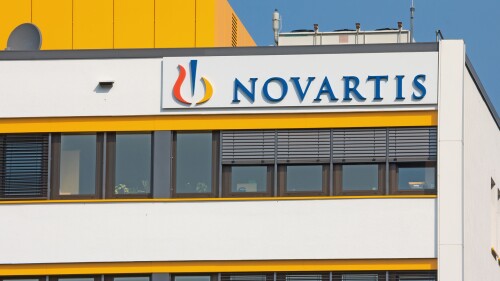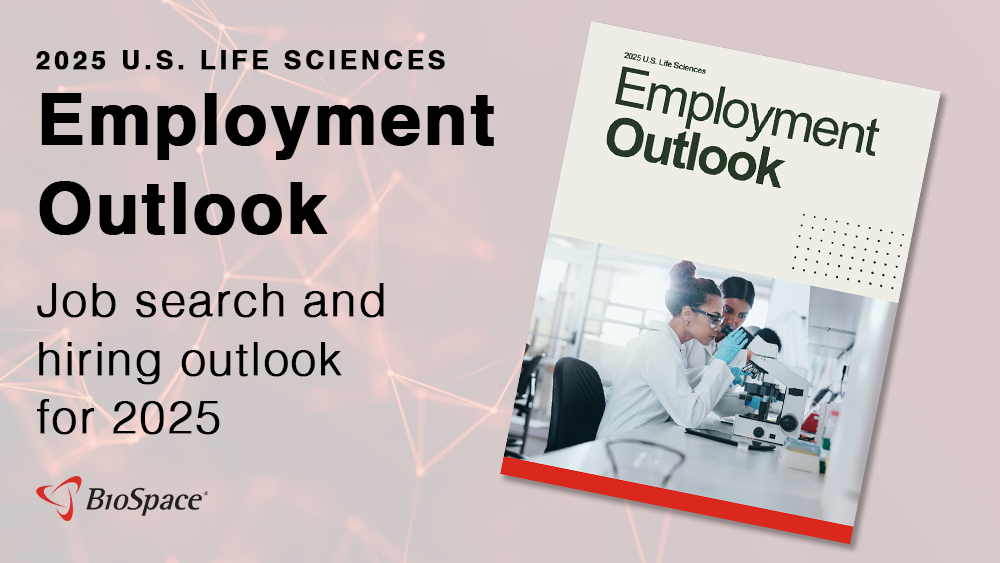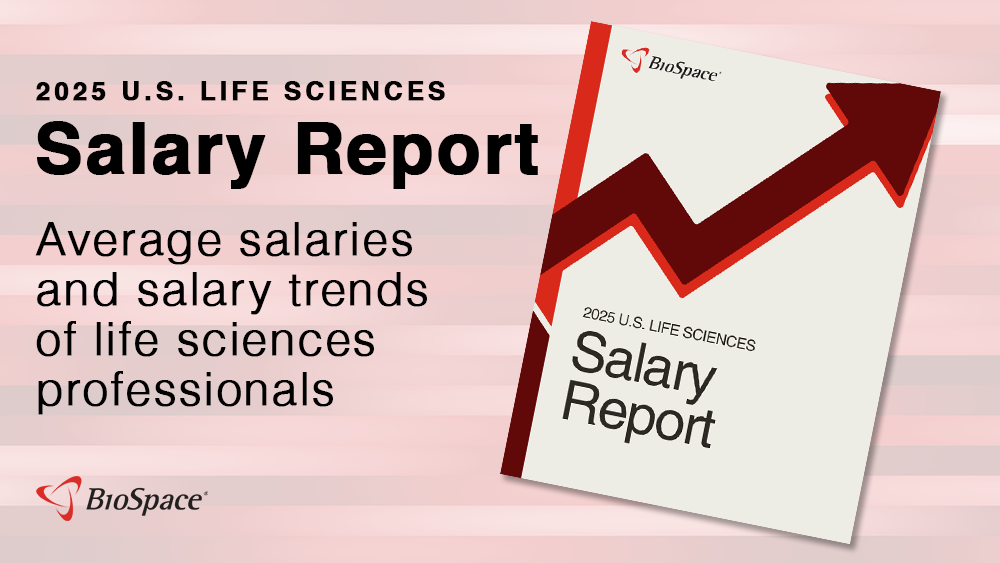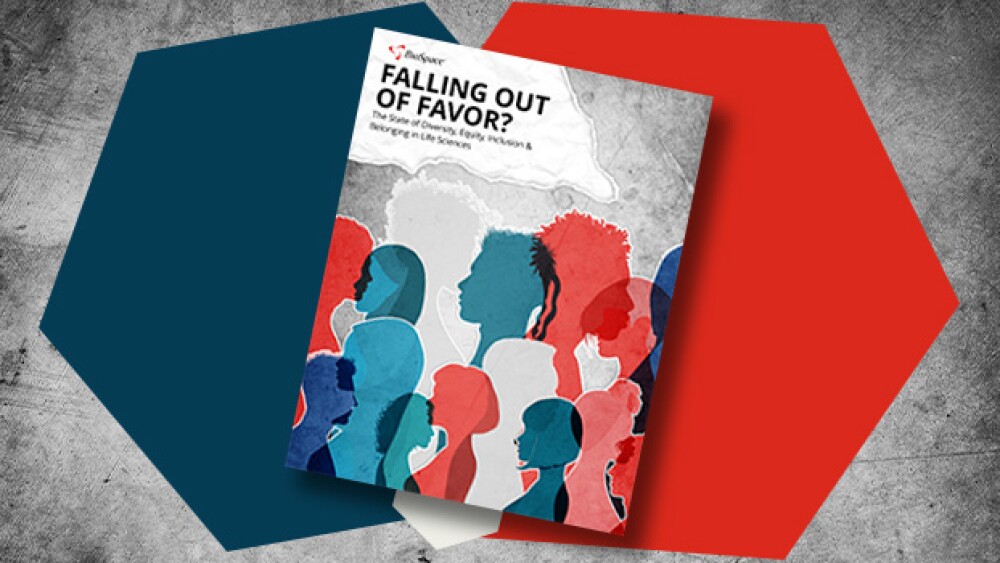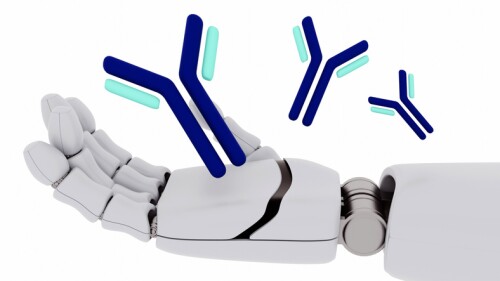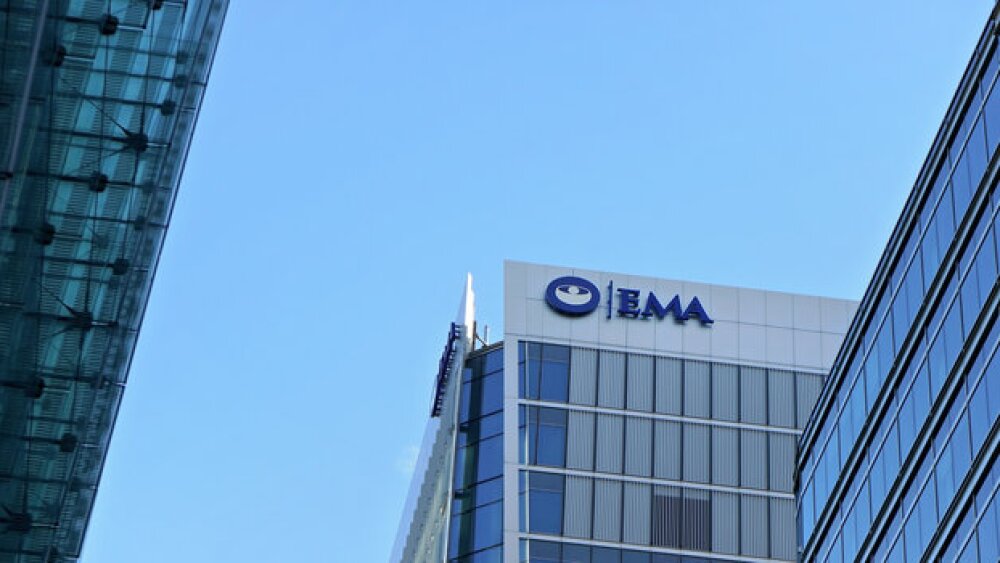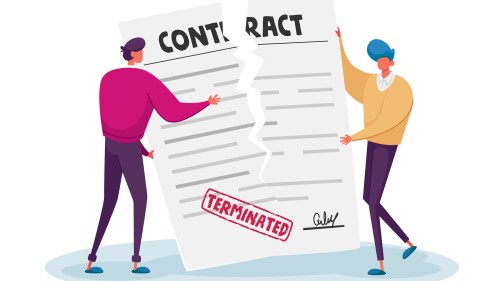The hold was placed earlier this year when the FDA asked for more preclinical data, but the agency was slow to respond due to ‘strain’ on its capacity, according to Neurizon.
AstraZeneca has invested heavily in AI, primarily through collaborations, including an up to $5.3 billion partnership with China’s CSPC Pharmaceutical in June.
This latest FDA program aims to provide speedier reviews for generic drugmakers who produce their products in the U.S.
Rocket Pharmaceuticals’ strategic realignment initiative in July pulled funding from fanca-cel, which the biotech was developing for Fanconi anemia.
The centerpiece of the collaboration is the gene editor ABO-101, being developed for primary hyperoxaluria type 1, a rare disease that leads to severe kidney stones.
Jeanne Marrazzo, former director of the National Institutes of Allergy and Infectious Disease, was formally terminated Thursday after months on administrative leave, after filing a whistleblower report.
FEATURED STORIES
Jefferies has predicted more small tuck-in deals to come, as biotechs struggle to access capital despite key clinical milestones on the horizon.
A new report from Pitchbook suggests we’re in for a period of more sustainable investing, with VC firms continuing to create and invest in companies, just more carefully.
The overturning of the FDA’s lab-developed tests rule is just the tip of the iceberg. With the loss of Chevron deference, power has shifted from federal agencies to the courts, with potential implications for everything from the FDA shortage list to CMS drug price negotiations.
Arguably the most notable of the FDA’s upcoming decisions is that regarding Gilead’s twice-yearly HIV prophylaxis lenacapavir.
Here’s how companies can ensure they’re in compliance with new requirements that go into effect in August.
The medium-sized biopharma is showing off new results from dordaviprone and Zepzelca, both of which were acquired through Jazz Pharmaceuticals’ dealmaking over the last five years.
LATEST PODCASTS
BioSpace presents 25 noteworthy biopharma startups in ’25; analysts forecast stronger M&A as the J.P. Morgan Healthcare Conference kicks off next week; GLP-1s continue to expand their reach as Novo, Lilly fight against compounders; and a look ahead to five key FDA decisions in Q1.
In this episode of Denatured, BioSpace’s Head of Insights Lori Ellis, Miguel Forte and Ali Pashazadeh discuss the industry’s need to catch up with women’s health issues and the innovative lead the APAC region has taken in clinical trials.
In this episode of Denatured, BioSpace’s Head of Insights Lori Ellis, Miguel Forte and Ali Pashazadeh speculate on the impending Trump administration, discuss current challenges faced by CEOs and weigh investment in GLP-1s.
Job Trends
Moderna, Inc. announced that its Phase 3 trial of mRNA-1283, an investigational next-generation COVID-19 vaccine, has met its primary efficacy endpoint, demonstrating non-inferior vaccine efficacy against COVID-19 compared to Spikevax.
Subscribe to Genepool
Subscribe to BioSpace’s flagship publication including top headlines, special editions and life sciences’ most important breaking news
SPECIAL EDITIONS
In this deep dive, BioSpace investigates China’s rise as a biotech powerhouse.
In this deep dive, BioSpace explores the next big thing in obesity.
BioSpace did a deep dive into biopharma female executives who navigated difficult markets to lead their companies to high-value exits.
DEALS
-
Five years ago, Gilead signed a massive deal with Galapagos. After a restructuring, the pharma is still hunting for the potential it saw at the original signing.
-
Biopharma executives shared their thoughts on the potential impacts of the new administration; Annalee Armstrong recaps JPM and her talks with Biogen, Gilead, Novavax and more; Wegovy’s higher dose induces more weight loss; AstraZeneca and Daiichi Sankyo’s Dato-DXd scores its first FDA approval.
-
Biopharma executives make their predictions for the year ahead, from a bold forecast for the return of the megadeal to a plea for the slow, healthy recovery of the industry at large.
-
While investors and analysts push for a deal, Biogen CEO Chris Viehbacher and Head of Development Priya Singhal refuse to make one out of desperation.
-
J.P. Morgan kicked off with a flurry of deals, with Eli Lilly, GSK and Gilead all announcing deals potentially worth more than $1 billion while J&J committed $14.6 billion to buy Intra-Cellular. These moves have reinvigorated sentiment across the biopharma industry.
WEIGHT LOSS
-
The explosion of GLP-1 weight loss drugs is reminiscent of the early days of PD-1 inhibitors, but key market differences suggest history may not repeat itself.
-
Under the terms of the agreement, OPKO will accept 60% of the development costs, while Entera will shoulder 40%.
-
The company unveiled plans last week to test its GLP-1/glucagon dual receptor agonist in alcohol use disorder and alcohol-related liver disease.
-
As obesity drug developers compete for the highest weight-loss efficacy, experts contend that overall health outcomes—evidenced by successful studies in therapeutic areas like cardiovascular and sleep apnea—may prove a greater market advantage.
-
The Maryland-based biopharma joins Eli Lilly and Novo Nordisk in trialing a GLP-1 agonist for alcohol- and liver-related conditions.
POLICY
-
Findings that U.S. companies can sue foreign rivals despite limited business operations in the country could dissuade drug developers from targeting the U.S. market, potentially benefiting domestic producers of biosimilars.
-
The program will bring together experts from across the FDA for a team-based review, rather than having an application move across numerous offices within the agency before getting a yay or nay.
-
District Judge William Young, a nominee of Republican President Ronald Reagan, blasted the Trump administration’s NIH cuts as discriminatory and “bearing down on people of color because of their color.”
-
HHS Secretary Robert F. Kennedy Jr.’s actions in recent months have raised concerns that he is taking a heavy-handed and unilateral approach to vaccine policy in the U.S.
-
At a satellite kickoff event to the annual BIO meeting, investment bankers and VCs gave reasons for optimism amid a ‘volatile’ period for the industry.
At the foundation of every clinical trial are the professionals who ensure its successful execution. Read on to find out more about how to know if clinical research is right for you.
Q1 is the time when many employers are actively recruiting new talent. Because it takes an average of 60 days to fill a job opening, Q4 might be the best time to apply for jobs in the life sciences.
Being laid off from your job can be difficult and confusing. To help you in your job search, we’ve explained how to address a layoff in your cover letter to help you land your dream job.
If you want to maximize your career earnings, it pays to consider which cities are the most affordable. Here are the top five most affordable cities for biopharma in the U.S.
A cover letter is an important part of any job application, but for those in the life sciences it is especially important. Find tips for writing a scientist cover letter as well as an outline and examples in our guide.
Finding chemistry jobs in the life sciences industry doesn’t have to be difficult. Discover the top chemistry job options in the life sciences in our comprehensive guide.
HOTBEDS
REPORTS
In this Employment Outlook report, BioSpace explores current workforce sentiment, job activity trends and the prospective job and hiring outlook for 2025, particularly as it compares to the previous year.
BioSpace’s third report on diversity, equity, inclusion and belonging in life sciences examines dramatic shifts in attitude around diversity initiatives.
CANCER
-
Future Pak—whose acquisition offer was rejected by Vanda Pharmaceuticals last summer—is offering to buy Theratechnologies for an unsolicited $255 million. The Canadian biotech is under an exclusivity agreement with another yet-to-be-disclosed potential purchaser.
-
AI is enabling the development of a next generation of drugs that can more precisely target cancer cells while sparing healthy tissues.
-
Lined up for the FDA in the coming weeks are a cell-based gene therapy for a rare skin disease and two product expansions for Regeneron, one with partner Sanofi.
-
According to Tempest, its options include a partnership or licensing deal, as well as a merger or an acquisition.
-
The FDA approved the use of Opdivo with Yervoy in front-line colorectal cancer, while a Manhattan court junked a class action complaint over the blood cancer drug Pomalyst.
NEUROSCIENCE
-
Leqembi’s application now moves forward to the European Commission, which will issue a formal verdict for the injection that will apply to all EU member states as well as Norway, Liechtenstein and Iceland.
-
Mission Therapeutics is down to its clinical assets MTX652 and MTX325, which work by disabling a key enzyme that interferes with the cell’s normal process of removing faulty or dysfunctional mitochondria.
-
The licensing deal follows years of controversy for Cassava, as well as the high-profile late-stage failure of its Alzheimer’s disease drug simufilam.
-
ITF, IntraBio and Orchard are among the companies that have won FDA nods in the past year for Duchenne muscular dystrophy, Niemann-Pick disease type C, metachromatic leukodystrophy and more.
-
Emalex is gearing up for a New Drug Application for ecopipam in Tourette syndrome later this year.
CELL AND GENE THERAPY
-
In this deep dive, BioSpace explores the diverse therapeutic modalities now in development, as well as the opportunities and battles for market dominance in this emerging space.
-
On the agenda for the FDA this month are two RNA-based treatments for rare diseases.
-
The search for a partner for zerlasiran is ongoing, according to Silence. In the meantime, the biotech will focus its resources on divesiran, which it is testing for polycythemia vera and other hematologic indications.
-
The companies were two years into a four-year, $400 million agreement aimed at developing and marketing gene therapies together.
-
As FDA seeks to rehire some fired employees, Donald Trump threatens to enact tariffs on pharma companies unless they reshore manufacturing; another lawsuit hits the complex GLP-1 compounding space as Eli Lilly offers expanded Zepbound options; and struggling gene therapy biotech bluebird bio goes private in an attempt to stay solvent.





